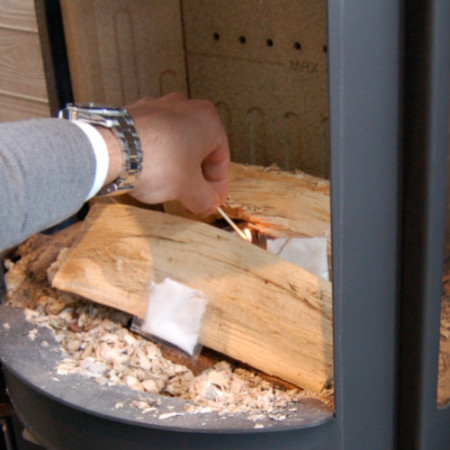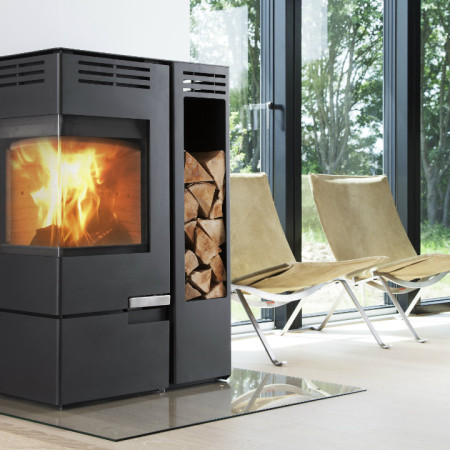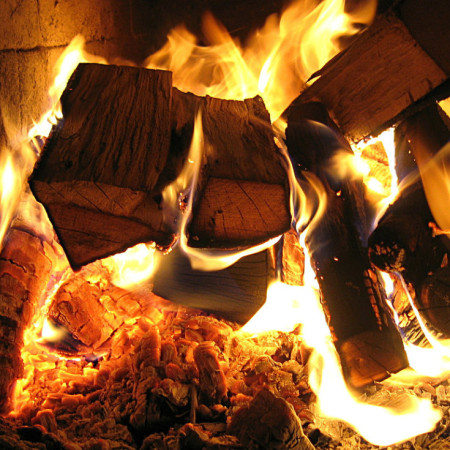How to make the most out of your firewood
A wood burning stove’s efficiency is defined by how much heat you get out of your firewood. Naturally, you want maximum efficiency from the firewood that you have spent time and money on. The most important factors for a high efficiency are :
- lighting a fire using dry firewood
- lighting a fire in a wood burning stove whose design, structure and technique have been developed to make the most out of your firewood
- lighting a fire correctly
Optimise the use of your wood burning stove
If you light a fire using firewood that has a moisture content above 18 %, the efficiency of the firewood will decrease drastically. This happens due to an incomplete combustion of the wood’s gases and heat loss in the chimney. Wet firewood simply reduces the efficiency. The reason why is that if firewood is wet much of the heat will be used to boil off the water content of the firewood. This means the heat will be so weak that you won’t make the most out of your firewood or of your wood burning stove.
When you light a fire using wet firewood
- you won’t reach the optimal temperature and combustion in your wood burning stove
- the gases in the firewood won’t be burnt
- the heat you will get out of your firewood will be minimal
- the energy will disappear up the chimney as smoke
- you’ll pollute the environment
By lighting a fire using dry firewood and by correctly lighting the fire and having the right combustion, you will reduce the heat loss as much as possible.
Replace your old stove
There is a big difference between new and old stoves. Old stoves emit far more particles than new, modern stoves thanks to product development by manufacturers. Modern stoves equipped with the latest technology now emit 70% less smoke compared to old stoves. In addition, a modern stove uses only 40-50 per cent of the amount of wood an old stove uses.
And if you choose a wood burning stove with automatic air and smoke control, you can even achieve cleaner combustion and save on your wood consumption – up to 40%.



